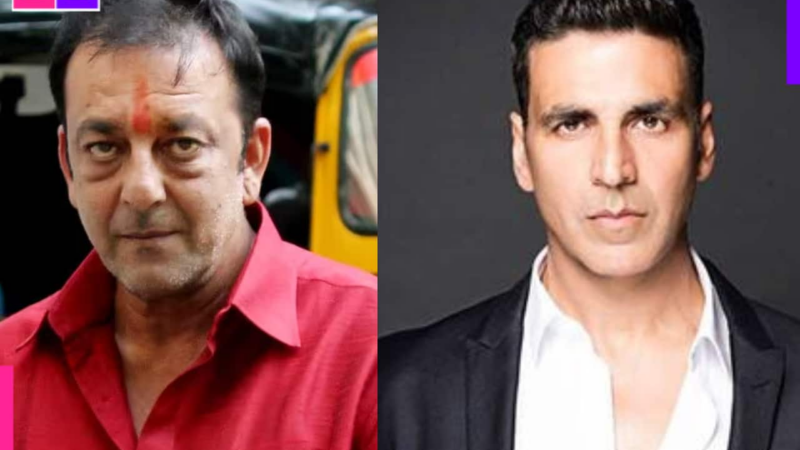As the world marks Earth Day 2025 today, the village of Borichi Bari in Maharashtra’s Nashik district is a stark reminder of the worsening climate crisis. With temperatures soaring and dwindling water sources, women in the village are risking their lives by descending deep, rocky wells to bring out the remaining drops of water. The daily struggle is a product of the village’s deteriorating water shortage situation where survival has become a perilous, back-breaking routine.
Situated in Peth taluka, Borichi Bari is suffering from a severe water shortage. Of the three wells in the village, only one remains with a hint of water, and people have no option but to go down the dilapidated well walls with ropes. What was earlier a lifeline is now a hazardous undertaking for the majority, particularly women.
“We have three wells, but they rely entirely on rainwater. That water only lasts till January or February,” explained Somnath Nikule, the deputy sarpanch of the village. With no alternative sources, residents are compelled to walk two to three kilometers to collect water. Those who cannot make the trip are forced to buy water at Rs 60 for a 200-litre barrel.
Nikule further revealed that a Jal Jeevan Mission initiative—aimed at providing household tap water in rural India—had begun in the village but came to a halt mid-way. The delay has compounded the villagers’ struggles, affecting not just their health and sanitation, but even their personal lives.
“No one wants to marry their daughters into our village,” Nikule added. “Even men in their 30s remain unmarried due to the persistent water shortage.”
महाराष्ट्र: नासिक जिले के तालुका पेठ के बोरीचिवारी गांव में जल संकट गहरा गया है। कुएं सूख गए हैं। — ANI_HindiNews (@AHindinews)
Chandrabai Bhoir, 61, voiced the shared pain of many women in the village: “We walk for kilometers in the blazing sun for just two pots of water. The well water is dirty, and children often fall sick after drinking it. We have to climb down into the well to collect it. If only the government could give us water in our homes year-round—it would change our lives.”
Families with livestock are also bearing the brunt, having to purchase water to keep their animals alive.
A senior official from Nashik Zilla Parishad acknowledged the problem, sharing that while a water supply plan is in place for peak summer months, this year’s budget for tanker deployment is nearly Rs 10 crore less than the previous year. The reason: 2024 saw 110% of average rainfall, reducing the immediate requirement for tanker-based supply.
Still, Igatpuri, Baglan, Trimbakeshwar, Yeola, and Sinnar are expected to see tanker deployment in May. Last year, around 400 tankers were used due to deficient rainfall in 2023.
Dr Arjun Gunda, the Additional CEO of Nashik Zilla Parishad, confirmed that water levels in the Kumbale gram panchayat have dropped significantly over the past few days. To combat this, tanker supplies have begun. For Borichi Bari, a drinking water supply project under Jal Jeevan Mission has already been approved. A new well site has been identified and construction is underway, promising a sustainable solution in the near future.
When asked about villagers risking their lives to descend into the wells, Dr. Gunda claimed, “That well is not meant for drinking water. Some individuals are doing this to defame the government. But work is progressing rapidly, and soon the village will have year-round tap water access.”
On Earth Day 2025, the plight of Borichi Bari reminds us that while policies are being drafted and rain may be more generous some years, the impact of water scarcity is deeply personal, especially for women. Their daily struggle underscores the urgent need for climate-resilient infrastructure and consistent implementation of water supply schemes across rural India.
(With agency inputs)
Stay informed on all the , real-time updates, and follow all the important headlines in and on Zee News.








